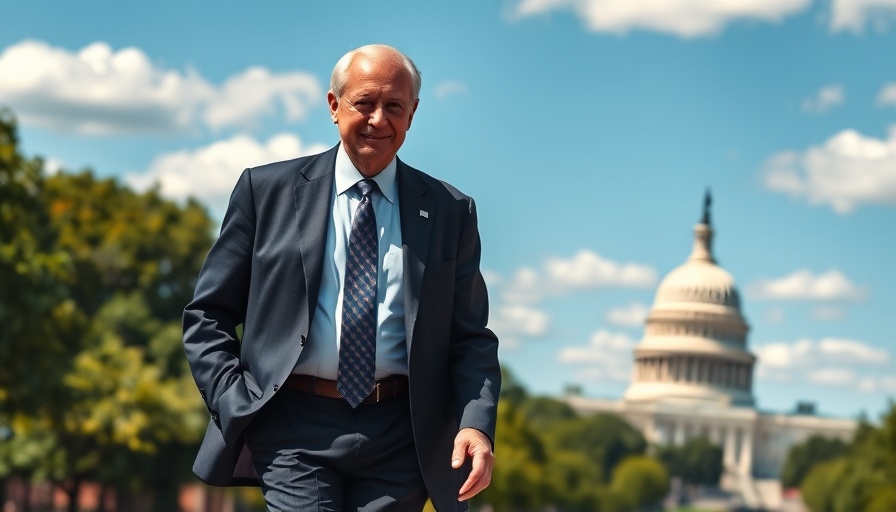
Canada's Dilemma: Navigating U.S. Tariffs with Caution
As tensions rise surrounding the newly escalated tariffs on steel and aluminum imports, Canada finds itself at a crossroads in its relationship with the United States. With U.S. President Donald Trump recently doubling these tariffs, the Canadian government has expressed that it requires 'a bit more time' to formulate a response. This delay has prompted concern from industry leaders and labor representatives who stress the need for immediate action.
At a recent press conference, Canadian Labour Congress president Bea Bruske articulated the urgency of the situation, citing that Canadian workers deserve timely support following a federal election in which parties pledged to prioritize their interests. Bruske's call for a decisive response highlights the growing impatience among stakeholders, including the Canadian Chamber of Commerce and the Federation of Canadian Municipalities.
Challenges in the Trade Relationship
Prime Minister Mark Carney's comments on the situation underscore the complexity of the current trade relationship, which he described as not specifically targeting Canada but rather a global levy affecting multiple nations. While Carney condemned the tariffs as illegal and unjustified, he also acknowledged the ongoing discussions with U.S. officials aiming to stabilize the trading relationship.
Immediate Actions and Long-term Strategies
Despite calls for quick counter-tariffs and prioritization of domestic steel and aluminum in government projects, the government's legislative response remains unclear. Recent comments from government House leader Steven MacKinnon hinted at anticipation for a bill that would not only speed up project approvals but would also aim to break down internal trade barriers by July 1. These developments suggest that while clarity is needed, the government is attempting to balance thorough analysis with expedient action.
Stakeholder Perspectives on Domestic Production
Bruske and others advocate for changes to ensure that Canadian steel is used in government infrastructure projects, a potential legislative requirement that would reinforce local industries and provide jobs. Notably, NDP interim leader Don Davies echoed this sentiment, stating that strong counter-tariffs are essential given that jobs are at risk during this critical period.
Future Predictions and Economic Implications
The future of Canada’s economic landscape amidst these trade uncertainties hinges not only on governmental decisions but also on the public's perception and acceptance of the proposed measures. The urgency expressed by industry leaders suggests a broader cultural expectation for swift government action in the face of economic challenges.
A Call to Action for Canadian Industry
In a rapidly changing economic environment, the importance of utilizing homegrown resources cannot be overstated. As the Canadian government deliberates its response to U.S. tariff escalations, stakeholders urge action and commitment to local production. Not only would this support Canadian jobs, but it would also strengthen the country's position in the global market.
Moving forward, it is crucial for the Canadian government to consider the voices of its industry leaders and labor representatives before finalizing a response. As discussions progress, all eyes will be on Ottawa to gauge whether the government can effectively balance the need for a robust response with strategic negotiations to prevent further escalation.
 Add Row
Add Row  Add
Add 




 Add Row
Add Row  Add
Add 

Write A Comment